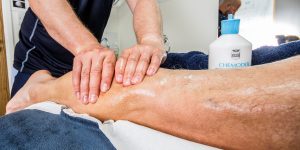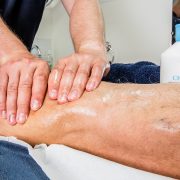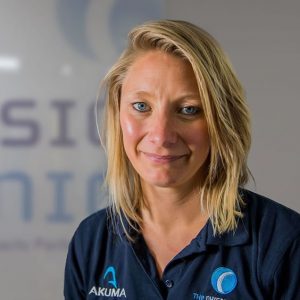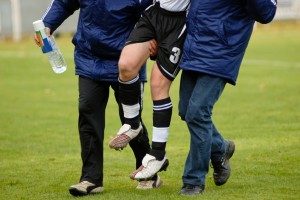Optimising Mobility for Runners
The aim of optimising mobility for runners is so you can run freely, easily and without pain. The role of a Sports Massage Therapist is to help runners down this road (excuse the pun!), by treating the area of pain with soft tissue massage, and to help increase mobility in restricted joints through manual manipulation and exercises that the runner can do at home. This helps to increase the recovery time as well as decrease the chance of injury reoccurrence.
The main joints for runners that we look at are the big 3:
1. Toe: Big Toe Extension (movement required for standing on tip toe)
2. Ankle: Dorsiflexion (movement required for heel walking)
3. Hip: Hip extension (movement required for extending leg behind you)
Big toe extension is important for the toe off stage of gait (the manner in which you walk/ run) which provides the stability for this movement. If your big toe lacks the flexibility needed, then there will be compensation movement further up the chain, for example in your foot, knee or hip, which may then cause pain or injury in this area.
Mobility tip: Place a massage ball (if you don’t have access to this then a cricket ball can be used) under your foot whilst you are sitting in a chair. Roll the ball around until you find a point of pain and then hold the ball in this position whist extending and flexing your toe. Carry this out for a couple of minutes a few times a day.
If there is lack of mobility in the ankle, and therefore a decreased range of motion into Dorsiflexion, this can cause compensatory movements including internal rotation of the foot, or femur.
Mobility tip: Place a resistance band over the top of your foot at the base of your tibia, and with your other foot behind you, stand on the rest of the resistance band. Now lunge forward. Repeat for a couple of minutes on each leg a few times a week.
The amount of hip extension needed for running is rarely, if ever, needed for any other movement in life, so limited mobility into hip extension is a fairly common issue with runners. This can result in compensatory patterns in the lumbar spine, causing lower back pain, or other muscles groups having to work harder such as the quads and calves.
Mobility tip: Go into a kneeling position and place one foot on a wall/ sturdy surface behind you so that your toes are pointing up, and then place your other foot in front of you with your foot in front of your knee. Ensure you have a neutral spine whilst in this position. Place your hands by your front foot, in a sprint position. Move your hips forward to feel a stretch up the front of your leg going into your hip flexors. Hold this stretch for 30 seconds on each side and repeat 3 times. By releasing the front of the leg will increase hip extension.
These are just a few examples of the importance of mobility, and tips on how to increase your mobility.
If you would like to find out more and be tested/ treated get in touch with The Physio Clinic today to book your Sports Massage Appointment.
https://www.thephysioclinicbristol.co.uk/sports-massage/
By Kate Griffiths



